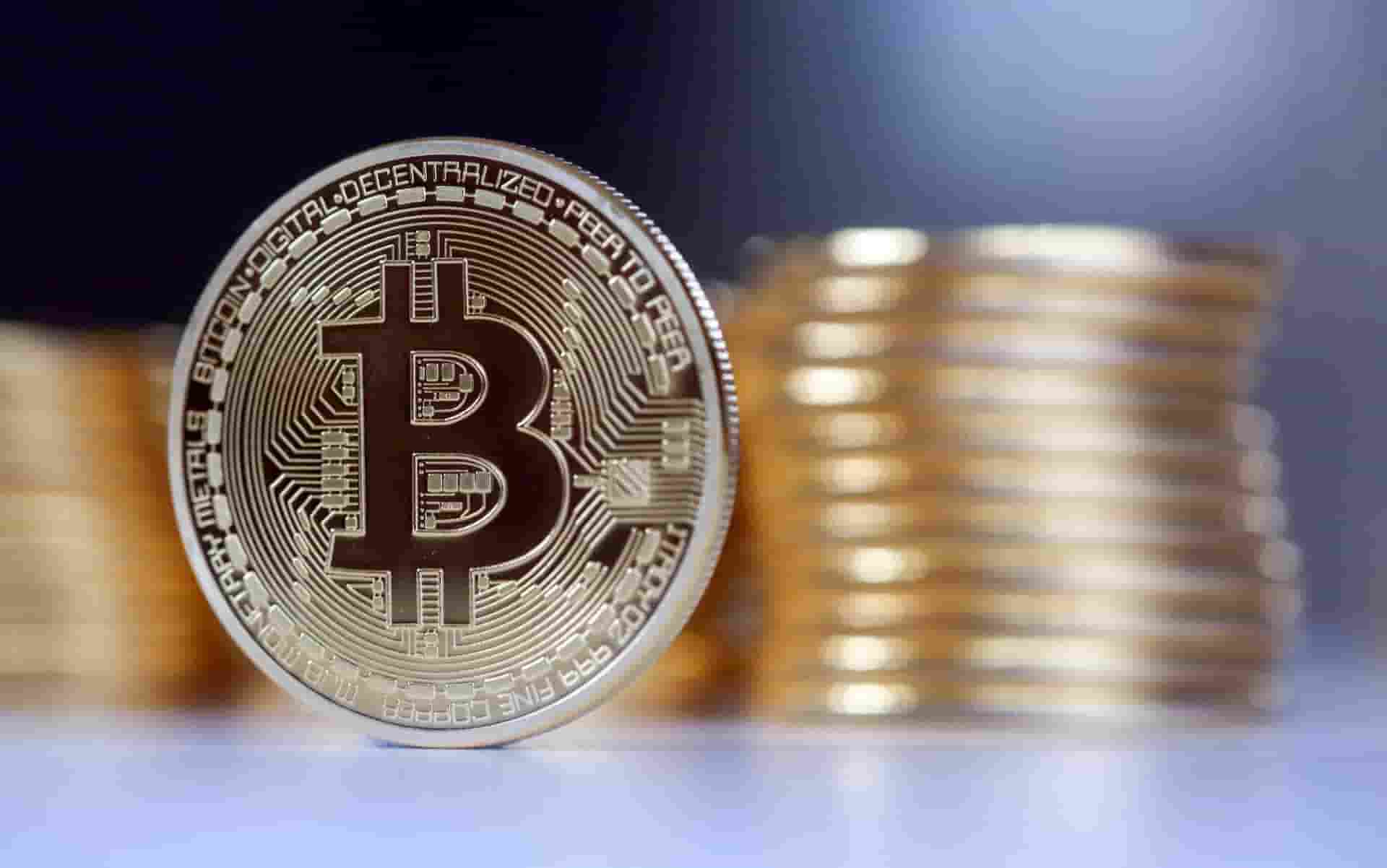
What is Bitcoin
Details
In the late 1990s, Nobel Prize-winning economist Milton Friedman predicted the rise of electronic cash. As of mid-September 2017, the market capitalization for all cryptocurrencies amounted to $137 billion. Today, cryptocurrencies have a much larger user base than when bitcoin was originally introduced in 2009. Growing mainstream acceptance creates a need for miners to process millions of transactions per day. Enter: bitcoin cash.
What is bitcoin cash?
Bitcoin cash (BCC or BCH), like its predecessor bitcoin (BTC), is a peer-to-peer electronic payment system that is supported by blockchain technology and decentralized network of computers. The cryptography-based system processes, verifies and records electronic payment transactions without relying on trusted third parties such as financial institutions. Bitcoin cash lowers transaction costs by removing third parties who mediate disputes between buyers and merchants. It decreases fraud by requiring security protocols such as proof-of-work and digital signatures that are verified on a publicly-distributed ledger known as blockchain.
Bitcoin cash was created on August 1, 2017 after a hard-fork split from bitcoin. BCC features a block size limit of 8 megabytes (MB) compared to bitcoin’s 1 MB. The 8 MB block size limit enables BCC miners to process more transactions on the payment network. Proponents argue that BCC’s larger block size leads to faster transactions, lower fees and improved scalability. Bitcoin cash is not backed by any government or central bank.
Thus far, it’s an unregulated financial instrument, although government and banking authorities in the United States, China, Russia and other developed countries are reviewing or implementing steps aimed at regulating cryptocurrencies.
Cryptocurrencies offer several advantages compared to traditional fiat currencies:
- Difficult to counterfeit
- Transactions are continuously validated by a network
- Audit trail of all transactions
- Senders and recipients can stay anonymous
- Limited supply
- Divisible (Can send 1 BCC or .0001 BCC)
- Easy to store
- Easy to send
- Homogenous
Bitcoin cash as payment network versus bitcoin as settlement layer
It’s argued that bitcoin cash is more suited as a payment network, similar to Visa or PayPal. When you add to this bitcoin cash’s advantages as a cryptocurrency, you get something truly remarkable. Compared to bitcoin, the BCC network can process many more transactions per second and has faster confirmation times. Bitcoin cash can be used for higher-volume transactions such as retail payments made by millions of consumers around the world. That’s why proponents wanted an increase of the block size limit to 8 MB to improve scalability.
Bitcoin, on the other hand, can be viewed more as a settlement layer in which high-dollar, smaller-volume transactions can be sent locally or across borders. These payments are not subject to the examination of banks, taxing authorities and other regulatory bodies. But because of bitcoin’s 1 MB block size limit, users are facing longer processing times and higher fees.
If you’re sending $50,000 or even millions of U.S. dollars worth of bitcoin through its network, it still competes favorably against traditional wire transfers and other methods (like Western Union).
Disadvantages of traditional wire payments:
- Subject to maximum sending limits
- Requires multiple identifications or government approval
- Takes several days to complete and
- Cost much more than bitcoin fees.
Bitcoin cash as alternative to paper cash
Bitcoin and bitcoin cash attracted much media coverage throughout 2017 because of large increases to BTC and BCC market capitalization. Despite the favorable publicity, traditionalists question why bitcoin cash has value in the way that fiat currencies do, such as the U.S. dollar or Japanese Yen. Both the dollar and yen are widely considered stores of value and acceptable mediums of exchange. But even these global reserve currencies have been floating currencies for no more than half a century, providing an extremely short track record of its performance compared to commodity-money like gold or silver.
Skeptics of bitcoin cash should note that the U.S. dollar hasn’t been backed by gold since President Richard Nixon in 1971 took the dollar off the gold standard. Back then, Nixon promised that the dollar would retain its full value. Today it has lost nearly 98 percent of its value since 1913, the year the Federal Reserve System was created. The dollar cash may feature a nominal/face value (the denomination printed on the bill), but it has lost the vast majority of its actual purchasing power.
To illustrate: In the 1950s a bottle of Coke cost just 5 cents (USD). With fiat currencies, the price of goods increase not because of a lack of supply but because the government-printed cash by which consumers pay have significantly devalued. Today, a can of Coke cost over $1. Same product, more supply, but higher nominal cost when paying with cheaper dollars.
Thus far, bitcoin and bitcoin cash are seeing large increases to their real purchasing power.
Why the bitcoin network forked: the “Scaling Debateâ€
In 2008, a little-known person or group referred to as Satoshi Nakamoto published the groundbreaking whitepaper .Bitcoin: A Peer-to-Peer Electronic Cash System. He defines an electronic “coin†as a chronologically-ordered series of verified digital signatures. A recipient of bitcoin cash, a payee, can verify the signatures in order to ascertain the chain of ownership. Once that process is completed on the blockchain, the recipient receives a specified amount of bitcoin cash.
BCC requires labor, security protocols, computing power and large quantities of electricity in order to get “minedâ€. These are stored virtually in online exchanges, smartphones, digital wallets and other electronic mediums.
As of July 2017, bitcoin’s average block size has nearly reached its 1 MB limit, according to data from blockchain.info. BTC’s scalability problem has been a point of contention for the past few years. Influential stakeholders, such as mining pools (transaction processors with CPU resources) favor the 1 MB limit as a way to earn higher transaction fees from users.
Bitcoin can process 4 to 7 transactions per second, and a block is added to the chain every 10 minutes. With the 1 MB limit, only a few transactions can fit inside a block, which limits transaction throughput. Compare that to global payment networks Visa, American Express or PayPal. The Visa network processed 47,000 transactions per second during the 2013 holiday season.
Gavin Andresen, one of the original architects of bitcoin and a former colleague of Satoshi, suggested that block size limits were added to prevent attacks to the system. These include denial-of-service attacks as well as “amplification†attacks that can overwhelm the network with high traffic or cause wasted CPU processing. Andresen said that the block size limits were originally intended to make attacks on the system an expensive attempt (at a time when bitcoin was trading for no more than a few cents).
So, should bitcoin be more like a settlement layer and/or investment asset, or should it be more like a currency (like bitcoin cash) that runs as a global payment network? (Like Visa and PayPal.)
Advantages of increasing block sizes:
The 8 MB size limit makes bitcoin cash operate more as a currency and/or payment network that enable efficient transactions.
Benefits of having a larger block size:
- Allows the network to scale and accommodate more users. This makes possible more payments made by retail buyers and sellers who expect fast confirmations. Such a strategy seeks mainstream acceptance of BCC.
- Increases transaction throughput.
- Increases speed of transactions.
- Lowers fees.
Here are key trends, according to data from blockchain.info:
- In February 2017, bitcoin’s blocks approached full capacity. Soon after, bitcoin’s percentage of the total market capitalization for all cryptocurrencies dropped from 85 percent to 45 percent over the next 6 months.
- In February 2017, the transaction fees paid to miners were around $250,000 (USD) per day. On August 29, users paid over $2.1 million in fees over a 24-hour period. Bitcoin’s transaction fees have grown exponentially in 2017 and it’s creating financial incentives for miners to maintain the status quo.
- On March 7, 2017 bitcoin’s average processing time was 118 minutes.
Here are bitcoin’s average transaction values in U.S. dollars in 2017 (rounded numbers):
- Sept. 20, 2017: $32,500
- Aug. 20, 2017: $34,700
- July 20, 2017: $26,600
- June 20, 2017: $30,000
What is the future of bitcoin cash?
On August 1st, 2017 bitcoin cash was created as an entirely separate payment network. Holders of bitcoin were awarded the same number of bitcoin cash (unless the exchange in which the bitcoins were stored had a policy of not honoring BCC).
As of mid-September 2017, bitcoin cash traded at $490 per coin with a market capitalization of $8.1 billion. In comparison, bitcoin traded at $4,000 with a market capitalization of $66.3 billion. When a financial instrument exceeds one billion in market cap, many investors treat that instrument as a valid asset class. And that’s clearly what has happened with bitcoin cash as well as its predecessor.
Bitcoin cash exchanges
Here are some exchanges that support bitcoin cash:
- Bittrex
- Kraken
- Bitfinex (Note: “BCH†is the ticker symbol for Bitcoin Cash on this exchange)
- HitBTC
- BTCBOX
- Changelly
- ShapeShift
Is bitcoin cash real money?
Yes. Bitcoin cash was created to give people a way to send and receive real money anytime, anywhere, without the intervention of banks and governments. Bitcoin cash has value because holders of BCC collectively agree that it has value. That has always been the age-old question regarding money. Such mutual agreement between thousands of buyers and sellers around the world enable bitcoin cash to be used as medium of exchange in online transactions.
In the United States (and most other countries), people are legally bound to accept fiat dollars as legal tender. If you pay $10 to a retailer for merchandise, the merchant cannot legally refuse your payment because the dollar as legal tender extinguishes your debt. In essence, the government and Federal Reserve tell consumers that the U.S. dollar has value. But having lost nearly 98 percent of its actual purchasing power, the dollar is clearly facing a crisis of confidence. That is evident in how the global marketplace is storing more of its wealth in emerging currencies of Satoshi’s inspiration.








